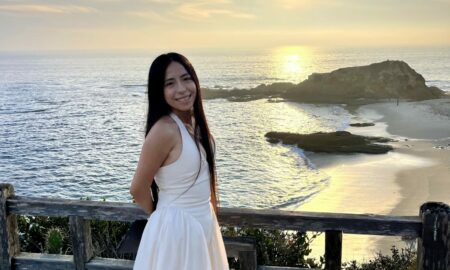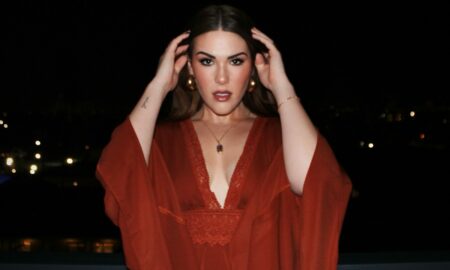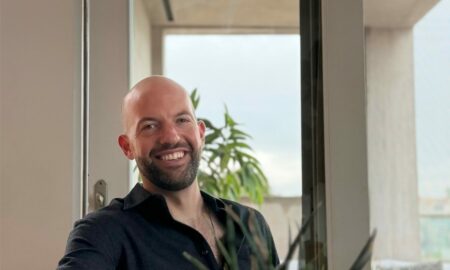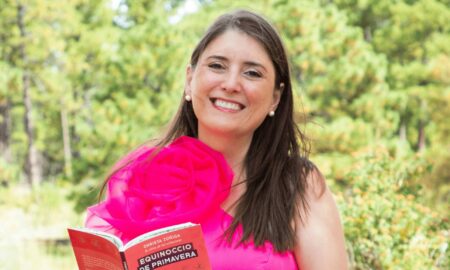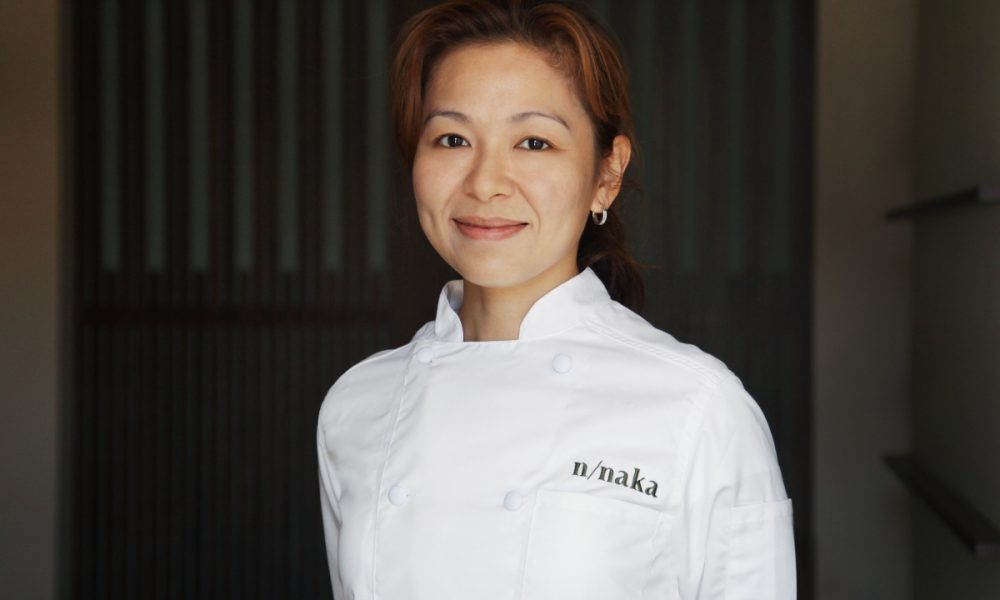

Today we’d like to introduce you to Niki Nakayama.
Thanks for sharing your story with us Niki. So, let’s start at the beginning, and we can move on from there.
After finishing culinary school, I began my career at Takao restaurant in Brentwood, working under the guidance of chef Takao Izumida. From there, I worked for three years in Japan at a relative’s ryokan and trained under chef Masa Sato in the art of kaiseki, the traditional Japanese culinary practice that emphasizes the balance and seasonality of a dish. When I got back to Los Angeles, I opened Azami Sushi Café and had it for eight years. n/naka is my dream restaurant; it allows me to create menus that are thoughtful, cohesive, and provide a personal experience with each diner. n/naka was ten years in the making and is the expansion of my previous experience. I get to apply the artistic and technical notions of kaiseki creating an ever-evolving seasonal narrative within each meal.
Overall, has it been relatively smooth? If not, what were some of the struggles along the way?
Before starting a business, having a solid vision of what you want that business to be will guide you in the right place. It is also very important to know your own strengths and weaknesses. When I opened my first restaurant, I was nowhere near ready in terms of my skills, knowledge, and understanding of the responsibilities. I was also blindly gutsy, and I wanted to create an environment where I could learn on my own and at my own pace without being judged by anyone other than the people I was serving.
n/naka is a very honest representation of the things I’ve always wanted to do but was afraid to in the past. It is hard to pinpoint specific lessons that I can take from one restaurant to another because I view my whole career as a continuing process that’s ever-evolving. I always think every experience and lesson is a building block that stack on top of each other.
Alright – so let’s talk business. Tell us about n/naka – what should we know?
I am known for doing a modern take on Kaiseki. Kaiseki originated with the tea ceremony and initially consisted of one soup, one rice, and three dishes. But in time, it evolved into two different ways of doing Kaiseki. Even the writing of it in Japanese is different where it has the same pronunciation, but the characters are different in writing. One is “a stone to the chest,” and the other one is “a banquet of seats.” And it evolved into where it became an elaborate banquet dinner. Samurais enjoyed it when they finished a battle, and it became very celebratory.
What I love about Kaiseki, either type, is that it is so much about gratitude. It’s about being grateful to something. In the case of cooking it is about being grateful to nature and ingredients; about showing appreciation to all the things that surround you, about what nature can give you and showing respect back. I love eating like that, and I was like “one day I’m going to make a restaurant that serves food in that kind of manner and it’s going to be something.” It’s just always been there in the back of my mind.
When I first opened n/naka, the inclination was to reach out to Japan and bring in a lot of the ingredients from Japan, but as time wore on, I thought, “I’m just trying to be Kaiseki by bringing Japanese ingredients, but it’s not really Kaiseki.” I started to re-examine what the heart of Kaiseki really is about. It meant that I needed to show appreciation not only for ingredients in season, but also the land that we are on, and that’s when I realized that we had to represent California in our kaiseki dinners. I could take all of the ideas of kaiseki, maintain them, keep them in their most traditional sense, but expand the ingredients to showcase where we are. It’s been an incredibly wonderful learning experience to incorporate ingredients not traditionally found in Japan, and treat them in ways we would as if we were by using traditional seasoning and cooking methods as well as finding other flavors that help balance them.
We’re interested to hear your thoughts on female leadership – in particular, what do you feel are the biggest barriers or obstacles?
I understand that I’ve been fortunate enough to achieve success in a very male-oriented industry. Some of the obstacles I have faced is not being taken seriously as a chef. I don’t know if it’s because I’m a woman or because I don’t fit what people imagine chefs look like. I feel like the obstacles I’ve experienced are sometimes so subtle that it becomes a choice of whether or not to interpret those experiences as a result of being a woman or just an obstacle that one naturally faces in work. Unless it’s very obvious, I’ve learned that it’s probably better not to attribute those obstacles as a result of being a woman because it’s less defeating.
I think as women we all go in with the same understanding of how it’s been and how it can be. It is a very physically demanding job, and I think unlike other careers where this particular one takes up multiple hours of your day—it’s like a 12-hour 14-hour day. For a woman, there are a lot of questions like, “How much am I willing to put myself into a career like this in order to become successful?” I think for a woman it means a lot of sacrifices. You know there’s the question of family time, raising kids, even what is physically doable. It’s also just one of those fields where it is very very male-dominated, and it’s hard for women to break in and want to do high levels of it. In every career, people like to sort of talk about how we get there on our own, but it’s not like that. There is so much support that you need from so many people around you to make it happen. I think for women it might be a little bit harder to find support in terms of investors. I was really fortunate in that my family was financially supportive.
Pricing:
- 13-course Modern Kaiseki: $225
- 13-course Vegetarian Tasting: $200
- Wine pairings: $95
- Sake pairings: $105
Contact Info:
- Address: n/naka
3455 Overland Ave.
Los Angeles, CA 90034 - Website: www.n-naka.com
- Phone: 310.836.6252
- Email: [email protected]
- Instagram: http://www.instagram.com/nnakarestaurant
- Facebook: https://www.facebook.com/nnaka-204053509623777/?fref=ts
- Twitter: http://www.twitter.com/nnakarestaurant
- Other: http://www.n-naka.com/






Getting in touch: VoyageLA is built on recommendations from the community; it’s how we uncover hidden gems, so if you know someone who deserves recognition please let us know here.












